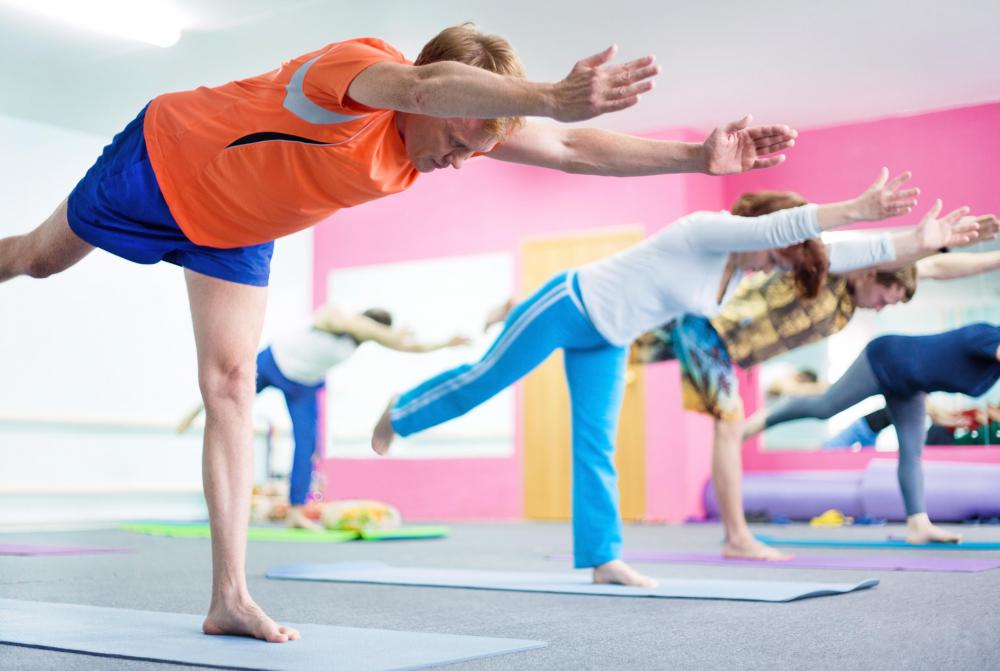At WiseGEEK, we're committed to delivering accurate, trustworthy information. Our expert-authored content is rigorously fact-checked and sourced from credible authorities. Discover how we uphold the highest standards in providing you with reliable knowledge.
What is the Difference Between Pilates and Yoga?
Many of the benefits of regular exercise can include muscle building, toning and slimming effects, physical coordination and strength, improved flexibility and stress relief. Some people believe exercise should be a mind-and-body experience that emphasizes mental awareness during the physical workout. There are two types of exercise techniques that naturally have mind-and-body awareness embedded into their practices: Pilates and yoga. They have many physical similarities, but their philosophies are different, with yoga tending to take a more spiritual or universal approach.
Pilates and yoga both focus on the breath and movement working together. One of the main differences between them is that Pilates takes a mind-and-body approach to the poses, and yoga takes an approach of using the mind, body and spirit. Some yoga classes include teachings from the Yoga Sutras that encourage practitioners to search for balance and practice kindness. Many Pilates classes typically keep the focus on breathing, movement and mental concentration.

Yoga, which originated thousands of years ago in India, typically utilizes Eastern meditation and uses the poses to symbolize the goal of living life in balance. Pilates was created in the 1920s to help rehabilitation and physical healing of wounded soldiers. While both Pilates and yoga use many of the same physical poses, or asanas, how they use them differs as well.

In many yoga classes, the physical approach is holistic and emphasizes the strengthening of all muscle groups, moderation and balance. In many Pilates classes, the poses typically focus on the core group of muscles — the trunk of the body — and strength building. Some yoga classes, such as Iyengar, focus on holding static poses for as long as 10 minutes to work on alignment, balance and building awareness between the emotions and the body. Pilates classes usually focus on constant movement to achieve aerobic activity goals and stabilizing muscles.

Pilates and yoga can be high-endurance, calorie-burning practices, and both types of exercises can achieve flexibility and muscle building or toning. The difference is that yoga typically aims for flexibility over building strength, while Pilates usually aims for toning over flexibility. Depending on a person’s physical goals and personal philosophy, both Pilates and yoga are viable workout options.

If a person is specifically looking for training to tone and build abdominal muscles, then Pilates usually is a good choice. If a person is searching for quiet time, stress relief and improved flexibility, then yoga typically is a good choice. Pilates and yoga can be effective in achieving most physical fitness goals.
AS FEATURED ON:
AS FEATURED ON:















Discuss this Article
Post your comments